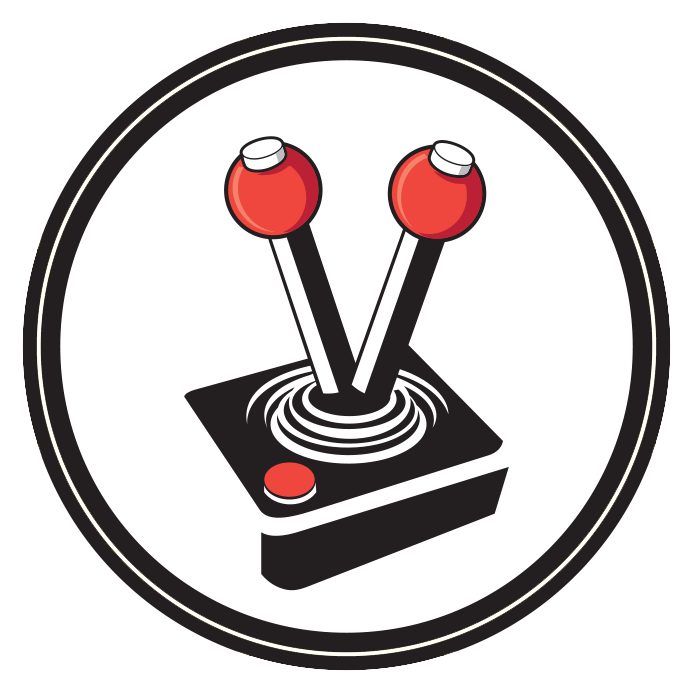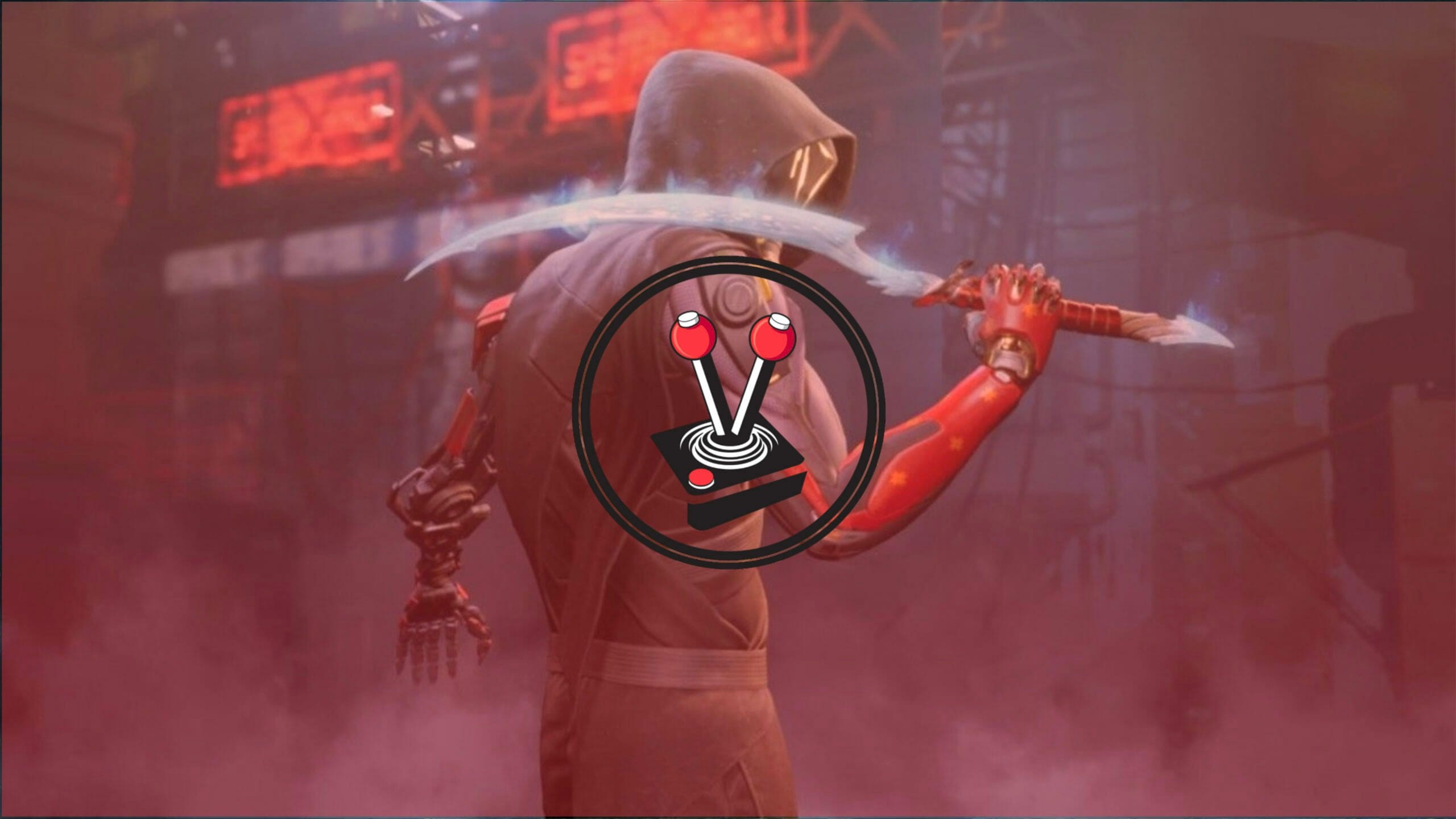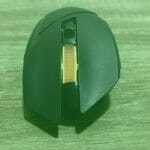The video gaming tentpole left by CDProjektRed’s Cyberpunk 2077 may not have lived up to the hype surrounding it, but it still serves as an entertaining experience within the genre of cyberpunk. This is especially true in the indie game market, where countless titles are coming out of the woodwork in a bid to play off the disparate excellence of this particular science fiction sub-genre, and the dystopian retro-future inspired by cinematic classics (think Bladerunner). Ghostrunner is the latest title to tread the wreckage that is the combination of lowlife and high tech, and it does so with unmatched fervour. Alas, it does trip over its own feet more often than it should.
Ghostrunner features a fairly simple story. Players take up the role of the Ghostrunner, who has no recollection of his past. What he does know, however, is that he is some kind of cybernetic badass with ninja-like capabilities. The game starts with Ghostrunner trapped inside a massive mega-tower housing the last remnants of the human race. This Dredd-like tower acts as the first of many hints about who or what the Ghostrunner is. As players push on, the voices in this head will add to the overarching narrative, which focusses on Ghostrunner wanting to find Mara, an allegedly evil ruler.
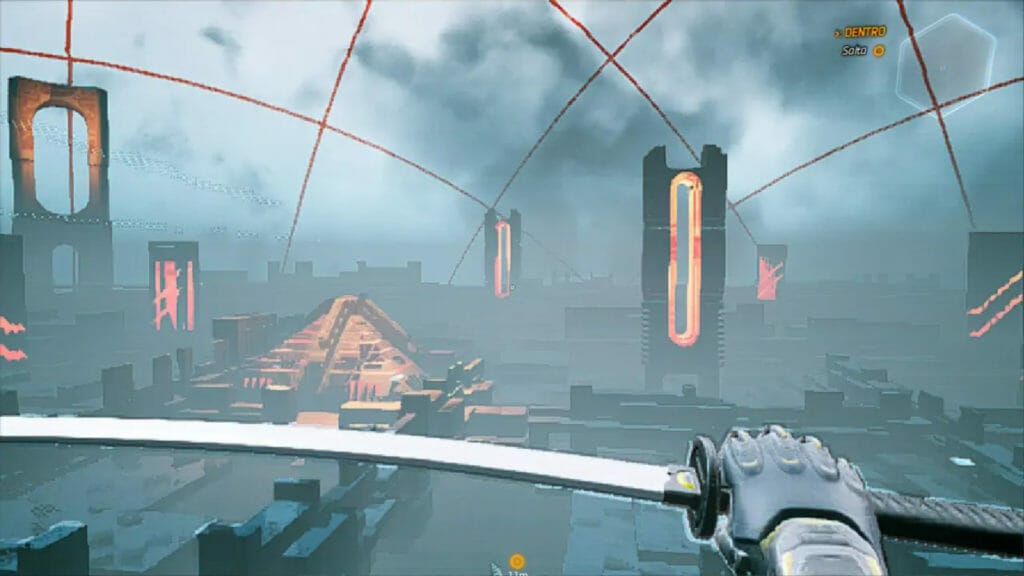
There is no issue with intentionally vague storytelling in video games, as long as they pay off is done right. Unfortunately, there is no such satisfaction from Ghostrunner, with a narrative culminating in further mystery instead of answers. Strangely enough there are many references throughout the title to important events and places, yet these are seldom used to emphasise the story at hand. Classism, for instance, continually makes a comeback in the hundreds of lines of dialogue featured in the game, while the downfall of humanity also appears to be an important aspect to take note of. Sadly, these topics are never given their dues. Throughout the game many additional topics of seeming importance pop-up and vanish with nary so much as an extra thought given to them. The unfortunate result is a game tantalising an engaging narrative within the opening hours, only for the initial tease to be pushed to the wayside in favour of repetitive gameplay and zero narrative payoff.
Fortunately, the game features continually evolving and changing gameplay. Sure, every stage has a loop, with a clear start and end. Much like Mirror’s Edge, players are tasked to bring Ghostrunner to the end by utilising a whole lot of parkour, sneaky murder tactics, and quick reflexes. Ghostrunner’s main weapon is a “monomolecular blade”, which is just fancy talk for “insta-kill sword”. The opposition consists of enemies with a whole lot of bullets, and as Murphy’s Law would have it, Ghostrunner is fatally allergic to bullets; one hit from an enemy and the game resets back to the most recent checkpoint. The idea is to outmanoeuvre enemies (or sneak past them) and then going in for the kill as soon as they are vulnerable. Pro tip: use wall runs liberally.
The story may not have a lot going for it, but the gameplay is admittedly top tier. The intense high-speed gameplay requires extreme focus, especially given how one early jump, late dodge, or bad grapple makes the difference between life and death. Thankfully, the game makes this a bit easier via pickups and abilities that can be found strewn throughout the game’s many stages. These genuinely turn the tide as well. Little things, like temporarily letting Ghostrunner dash a bit farther, make a huge difference in what tactics are needed to get past a stage. It must be said, however, that stages do not encourage a lot of experimental play.
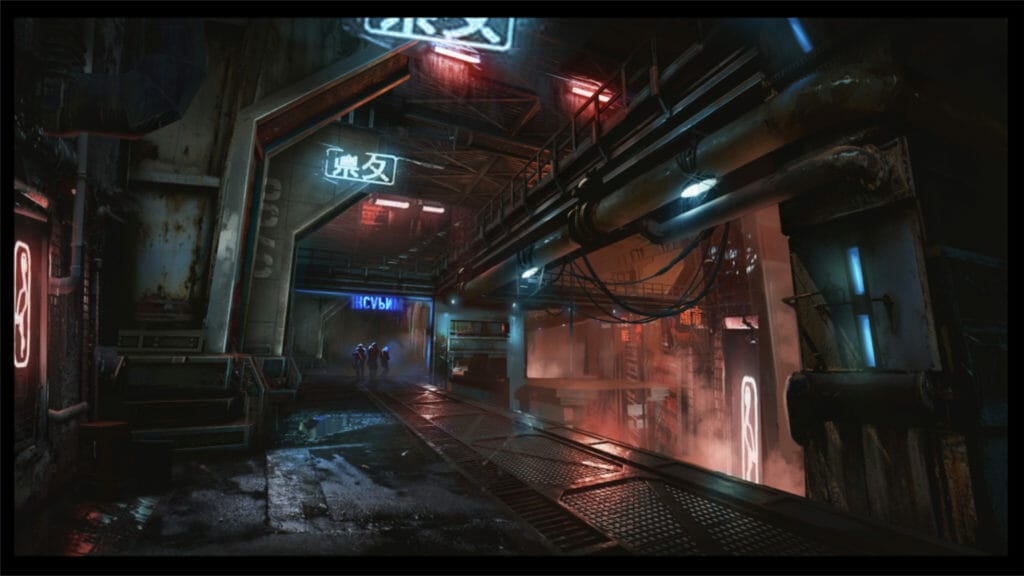
The game seems to encourage getting through stages in certain ways by means of using unique abilities and pick-ups. However, there is an element of strategy that is not immediately evident. In this sense, it can be extremely challenging to get past an enemy unit, until players figure out the exact combination of jumps, dashes or lack of abilities needed to complete a stage (yes, some stages require players to not pick up an ability to complete it). As a result, the stage devolves into continually retrying different combinations until the way forward becomes clear. There are many gamers out there who enjoy this kind of gameplay, but the sheer repetition can be a real bummer.
From a technical perspective, levels load very quickly and checkpoints are near-instant whenever an encounter fails (helping to reduce frustration caused by repetition). It must be said how this kind of repetitive gameplay often breeds the need for a good rewards system. Alas, Ghostrunner‘s rewards system perfectly matches the unsatisfying narrative.
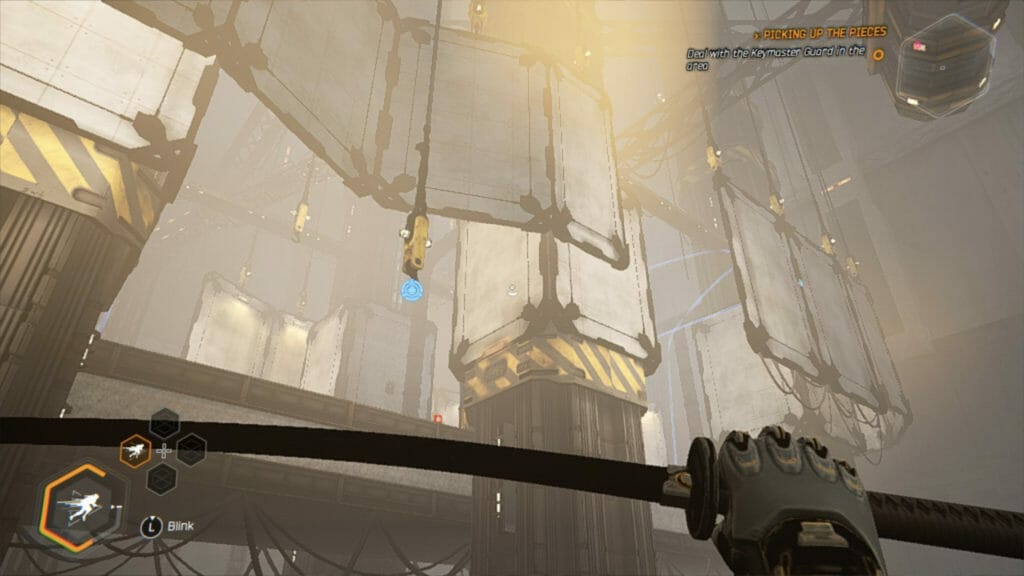
The cyberpunk genre in gaming has resulted in some very visually attractive titles. From its retro-future vibes through to its dystopian and downtrodden themes, it has always been one of the more visually appealing genres. Ghostrunner captures it all quite beautifully, even on the small and vastly underpowered Nintendo Switch. The issue, however, is how the visuals negatively impact performance. Generally this might be forgivable, but Ghostrunner’s gameplay requires high precision.
Although the game features fast loading, the overall performance leaves a lot to be desired on Nintendo Swtich. While it runs beautifully and buttery smooth on other consoles, the entire experience on the Switch – from start to finish – feels like nothing more than a janky mess. The game has noticeable framerate drops, which are dire to a game so fast paced and where precision controls are a necessity. This is especially true during intense sessions of parkour and when Ghostrunner uses many of the fancy tricks at his disposal. Although the game might look good, the poor framerates mar the overall experience.
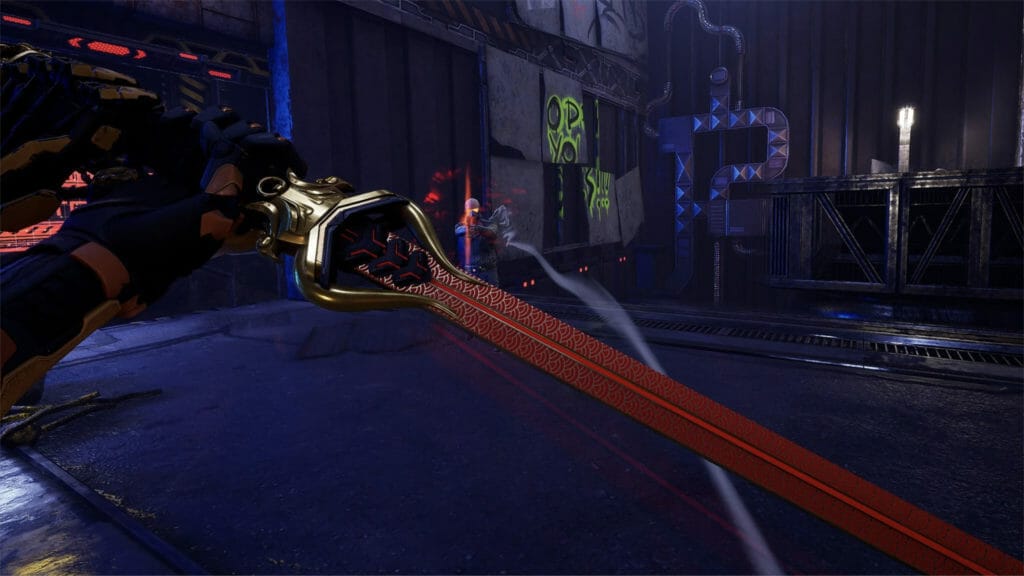
For what it is worth, Ghostrunner will give any cyberpunk fan a decent experience. The marketing materials surrounding the title make it clear how this is a game for players who prefer focused action. Specifically in terms of gameplay requiring fast reflexes and quick thinking. While it mostly promises on that front, it is a shame how the Nintendo Switch port fails the title from a technical perspective; resulting in more frustration than enjoyment due to visuals taking favour over the need for precision controls. Overall, it is a game with a lot of potential, but it falls short on Nintendo’s portable platform and instead delivers a decidedly disappointing experience.
Verdict:
Disappointing
| PROS | CONS |
| Pretty visuals | Too many frame drops |
| Fun but challenigng gameplay | Challenging gameplay with no real reward |
| Mirrors Edge meets Cyberpunk | Precision inputs are impossible when the game drops to 15fps |
Title reviewed on Nintendo Switch with code supplied by 505 Games.
Learn more about our review methodology here.
Junior Editor at Vamers. From Superman to Ironman; Bill Rizer to Sam Fisher and everything in-between, Edward loves it all. He is a Bachelor of Arts student and English Major specialising in Language and Literature. He is an avid writer and casual social networker with a flare for all things tech related.
